Home>Garden Essentials>When To Start Tomatoes From Seed
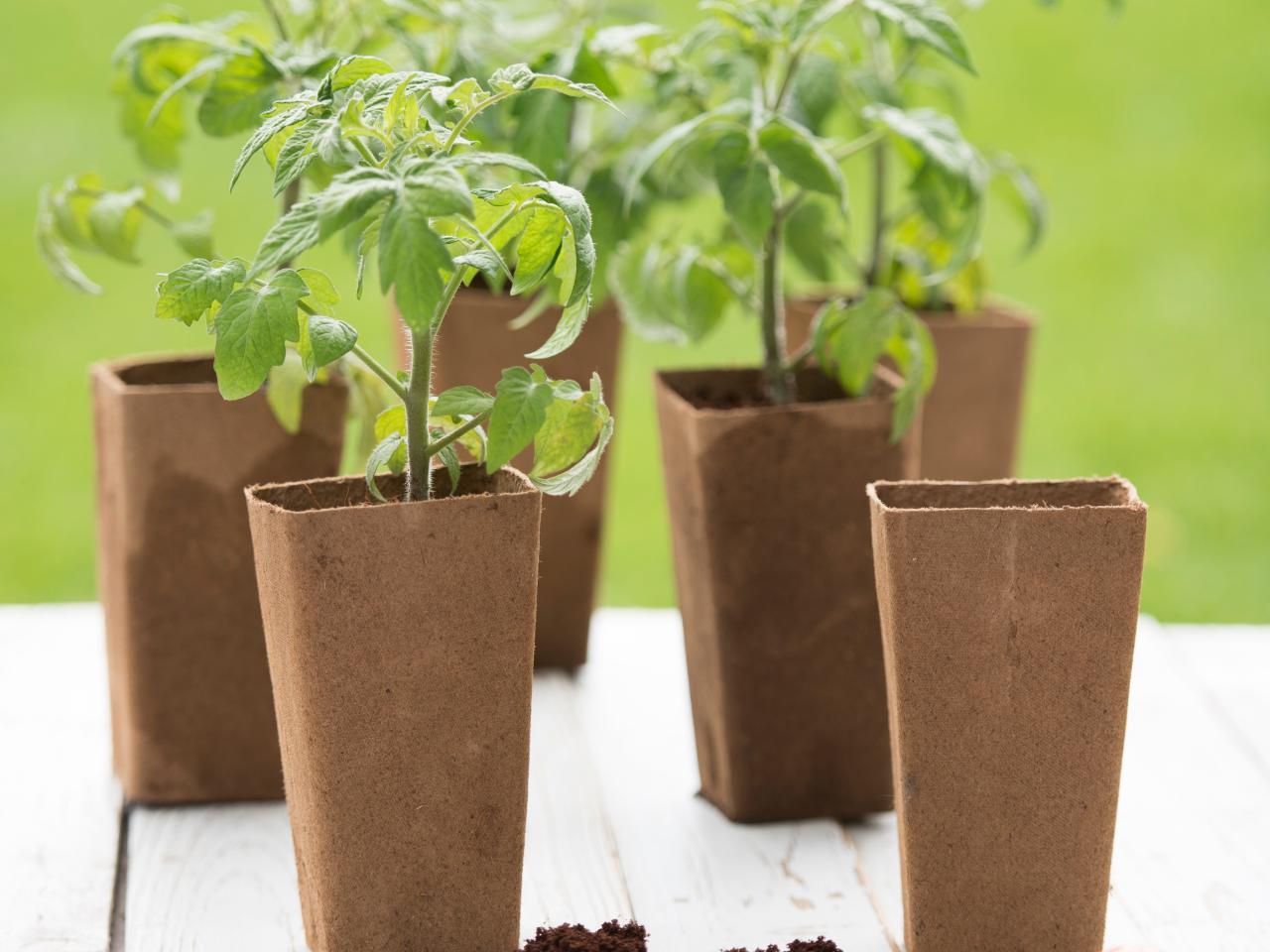

Garden Essentials
When To Start Tomatoes From Seed
Modified: October 20, 2024
Learn when to start tomatoes from seeds and how to successfully grow them in your garden. Get expert tips and advice for a bountiful tomato harvest.
(Many of the links in this article redirect to a specific reviewed product. Your purchase of these products through affiliate links helps to generate commission for Storables.com, at no extra cost. Learn more)
Introduction
Starting tomatoes from seed is an exciting and rewarding way to kickstart your garden. While many gardeners opt to purchase young tomato plants from nurseries or garden centers, starting tomatoes from seed offers numerous benefits. Not only does it give you control over the entire growth process, but it also introduces you to the magical journey of nurturing a tiny seed into a thriving plant.
In this article, we will explore the benefits of starting tomatoes from seed, important factors to consider before diving in, and the ideal timing for sowing your seeds. We will also provide step-by-step instructions on how to start tomatoes from seed and tips for successfully transplanting your seedlings into your garden. Additionally, we will discuss common challenges that you may encounter along the way and how to overcome them.
By the end of this article, you will have all the information you need to confidently embark on the adventure of growing tomatoes from seed. So let’s dive in and discover the joys of starting tomatoes from scratch!
Key Takeaways:
- Starting tomatoes from seed offers benefits like greater variety, cost-effectiveness, and a deeper connection with your garden. It’s a rewarding journey that lets you nurture life from a tiny seed to a thriving plant.
- Before starting tomatoes from seed, consider factors like indoor space, seed quality, and timing. With proper planning and care, you can successfully navigate the process and enjoy a bountiful harvest of homegrown tomatoes.
Read more: When To Start Petunias From Seed
Benefits of Starting Tomatoes from Seed
There are several compelling reasons why starting tomatoes from seed is advantageous for gardeners. Let’s explore some of the key benefits:
- Greater Variety: When you start tomatoes from seed, you have access to a vast array of tomato varieties. From heirloom to hybrid, cherry to beefsteak, starting from seed opens up a world of options that may not be readily available as young plants at nurseries. This allows you to choose varieties that suit your preferences, whether it’s for flavor, size, or disease resistance.
- Cost-effective: Growing tomatoes from seed is considerably more affordable than buying pre-grown plants. A packet of tomato seeds typically contains multiple seeds, allowing you to grow several plants for a fraction of the cost of buying individual seedlings. Moreover, you can save seeds from your harvest to use in subsequent seasons, reducing your gardening expenses even further.
- Control Over the Growing Process: Starting tomatoes from seed gives you complete control over every stage of the plant’s growth. You can ensure that the seeds are obtained from reputable sources, reducing the risk of introducing diseases into your garden. Additionally, you can choose organic and non-GMO seeds, aligning with your preference for sustainable gardening practices.
- Greater Success Rate: Although it may require a bit more attention and care, starting tomatoes from seed often results in stronger and healthier plants. When you sow seeds directly in nutrient-rich soil, they establish strong root systems from the beginning. Since the plants do not undergo any transplant shock, they have a greater chance of thriving and producing a bountiful harvest.
- Satisfaction and Connection: There is a remarkable satisfaction in witnessing the entire lifecycle of a plant, from a tiny seed to a mature fruit-bearing plant. Starting tomatoes from seed allows you to be a part of this journey, fostering a deeper connection with your garden and the food you grow. It can be an incredibly rewarding experience to harvest and enjoy the fruits of your own labor.
These are just a few of the benefits of starting tomatoes from seed. Whether you’re a seasoned gardener looking to expand your tomato varieties or a beginner excited to learn and experience the entire growth process, starting from seed is a fulfilling and worthwhile endeavor.
Factors to Consider Before Starting Tomatoes from Seed
Before you dive into the process of starting tomatoes from seed, there are a few important factors to consider. Taking these factors into account will help ensure a successful and rewarding experience:
- Indoor Space: Tomato seeds require a warm and controlled environment for germination. Assess your indoor space to determine if you have enough room for seed trays or pots. Make sure you have access to a well-lit area, preferably with natural sunlight or fluorescent grow lights.
- Growing Season: Consider the length of your growing season and the time it takes for tomato plants to reach maturity. This will help you determine the optimal time to start seedlings indoors. In regions with short growing seasons, starting tomatoes from seed indoors ensures that the plants have a head start and can be transplanted outdoors at the appropriate time.
- Seed Quality: Choose high-quality tomato seeds from reputable sources. Look for seeds that are fresh, viable, and preferably organic. Low-quality or old seeds may have lower germination rates, affecting the success of your seed starting efforts.
- Germination Time: Different tomato varieties have different germination times. Some may sprout within a week, while others may take up to two weeks. Take this into consideration when planning your seed starting timeline.
- Hardening Off: As seedlings grow, they need to be gradually acclimated to outdoor conditions before transplanting. This process, known as hardening off, involves gradually exposing the seedlings to outdoor temperatures, wind, and sunlight. Make sure you have a protected area or a cold frame where you can harden off your seedlings before planting them in the garden.
- Watering and Humidity: Tomato seedlings require consistent moisture for healthy growth. Consider your ability to provide regular watering without overwatering. Additionally, ensure proper humidity levels to prevent damping-off disease, which can be a common issue in seedlings.
- Pest and Disease Prevention: Before starting tomatoes from seed, familiarize yourself with common tomato pests and diseases in your region. Take necessary precautions to prevent or address these issues. This may include using sterilized seed starting soil, proper sanitation practices, and the use of organic pest and disease control methods.
- Time and Commitment: Starting tomatoes from seed requires time and commitment. From sowing the seeds to transplanting the seedlings, it’s important to be dedicated to provide care and attention. Consider your schedule and availability to ensure you can meet the needs of your growing seedlings.
By considering these factors before starting tomatoes from seed, you can set yourself up for success and enjoy a smooth and rewarding journey from seed to harvest. Planning and preparation are key to ensuring healthy and thriving plants.
Timing for Starting Tomatoes from Seed
The timing for starting tomatoes from seed is crucial to ensure that your seedlings are ready to be transplanted into the garden at the right time. Here are some guidelines to help you determine the ideal timing:
- Last Frost Date: The last frost date is the date after which the risk of frost is minimal in your area. It is an important reference point for determining when to start tomato seeds. You can find this information by consulting your local agricultural extension office or using online resources specific to your region.
- Counting Backwards: To calculate the starting date for your tomato seeds, count backward from the last frost date based on the number of weeks it takes for the seeds to germinate and grow into sturdy seedlings. Tomato seeds typically take 6-8 weeks to reach the transplanting stage.
- Seed Packet Instructions: Each seed packet provides specific information on the ideal starting time for the particular tomato variety. It may recommend starting seeds indoors 6-8 weeks before the last frost date or provide a specific number of days prior to transplanting.
- Germination Temperature: Tomato seeds require warm soil temperature for successful germination, around 70-80°F (21-27°C). If your indoor environment is not consistently warm, consider using a seedling heat mat to provide the ideal temperature and promote faster germination.
It’s important to note that these guidelines are general and may vary depending on your specific location and climate. Factors such as microclimates, elevation, and regional weather patterns can impact the optimal timing for starting tomatoes from seed. It’s always a good idea to observe and take into account the conditions in your garden.
By starting your tomato seeds at the appropriate time, you can ensure that your seedlings are robust and ready for transplanting into the garden when the weather is favorable. This will give them a better chance of establishing healthy root systems and thriving throughout the growing season.
Start tomato seeds indoors 6-8 weeks before the last frost date in your area. This gives them enough time to grow into healthy seedlings before transplanting them outside. Keep them in a warm, sunny spot and water regularly.
Steps to Start Tomatoes from Seed
Starting tomatoes from seed is a simple and rewarding process. Here are the step-by-step instructions to help you get started:
- Gather Your Supplies: Collect all the necessary supplies, including tomato seeds, seed starting trays or pots, seed starting mix, labels, water, and a spray bottle.
- Prepare the Seed Starting Mix: Fill the seed starting trays or pots with a well-draining seed starting mix. Moisten the mix with water until it is evenly moist, but not soaking wet.
- Sow the Tomato Seeds: Sow the tomato seeds according to the recommendations on the seed packet. Typically, you will place one or two seeds in each cell or pot, and cover them with a light layer of moist seed starting mix.
- Label and Mist: Label each tray or pot with the tomato variety and the date of sowing. Use a spray bottle to mist the top layer of the seed starting mix gently.
- Provide the Ideal Environment: Place the seed trays in a warm location with ample indirect light or under grow lights. Maintain a consistent temperature around 70-80°F (21-27°C) for optimal germination.
- Water Regularly: Check the moisture level of the seed starting mix regularly and water as needed to keep it evenly moist. Using a spray bottle or a gentle watering can is recommended to prevent dislodging the seeds.
- Monitor Germination: Tomato seeds typically germinate within 7-14 days. Keep a close eye on the trays and remove any covers or plastic wraps once the seeds have sprouted. Continue to provide adequate light and maintain the optimal temperature.
- Thin or Transplant: Once the seedlings have developed their first true leaves, thin them out if multiple seeds were sown in each cell or transplant them to larger individual pots. This will give each seedling enough space to grow and develop strong roots.
- Continue Care: Continue to water the seedlings as needed and provide them with at least 6-8 hours of indirect sunlight daily or adjust the position of the grow lights accordingly.
- Harden Off: Approximately 7-10 days before your planned transplanting date, begin hardening off the seedlings. Gradually expose them to outdoor conditions by placing them outdoors for a few hours each day, gradually increasing the duration over the course of a week.
- Transplant into the Garden: Once the danger of frost has passed and the soil has warmed up, transplant your hardened-off tomato seedlings into the garden. Choose a sunny location with well-draining soil and give each plant enough space, following the recommended spacing guidelines for the specific tomato variety.
Following these steps will help you successfully start tomatoes from seed and ensure that your seedlings are strong and ready for outdoor planting. Remember to provide adequate care and continue to monitor the growth of your plants as they flourish in your garden.
Read more: When To Sow Tomato Seeds Indoors
Transplanting Tomato Seedlings
Transplanting tomato seedlings from their indoor containers into the garden is a critical step in their growth journey. Here are the steps to follow to ensure a successful and smooth transplanting process:
- Choose the Right Timing: Wait until all danger of frost has passed and the soil has warmed up before transplanting your tomato seedlings. This is typically around 2-3 weeks after the last frost date in your area.
- Prepare the Garden: Select a sunny location in your garden with nutrient-rich, well-draining soil. Amend the soil with compost or well-rotted organic matter to provide the seedlings with a healthy start.
- Water the Seedlings: Thoroughly water your tomato seedlings a few hours before transplanting. This helps hydrate the plants and makes it easier to remove them from their containers without damaging the roots.
- Dig Planting Holes: Dig proper-sized planting holes in the prepared garden bed. The holes should be deep enough to accommodate the root ball of the seedlings.
- Remove the Seedlings: Gently remove the tomato seedlings from their containers, taking care not to disturb the delicate roots. If the seedlings are grown in peat pots, soak them in water for a few minutes to allow the pots to break down and make it easier for the roots to grow into the surrounding soil.
- Plant the Seedlings: Place each seedling in a planting hole, ensuring the top of the root ball is level with the soil surface. Fill the hole with soil, gently firming it around the seedling to eliminate air pockets.
- Provide Support: If you are growing indeterminate tomato varieties or expect your plants to grow tall and heavy with fruits, install stakes, trellises, or cages near each seedling at the time of transplanting. This will provide support and help prevent the plants from toppling as they grow.
- Water and Mulch: After transplanting, thoroughly water the tomato seedlings to help them settle in their new home. Apply a layer of organic mulch around the plants to conserve moisture, suppress weeds, and maintain a more consistent soil temperature.
- Maintain Care: As the seedlings adjust to their new surroundings, continue to provide regular watering, monitor for any signs of pests or diseases, and provide appropriate tomato fertilization based on soil test recommendations or balanced, organic options.
By adhering to these transplanting steps and providing diligent care afterward, you give your tomato seedlings the best chance to thrive and produce a bountiful harvest. Keep an eye on their growth and enjoy the process of watching them mature into fruitful plants.
Common Challenges When Starting Tomatoes from Seed
While starting tomatoes from seed is generally a straightforward process, gardeners may encounter a few challenges along the way. Being aware of these challenges can help you prepare and overcome them effectively. Here are some common challenges you may face when starting tomatoes from seed:
- Germination Failure: Sometimes, a certain percentage of tomato seeds may fail to germinate. This can be due to factors such as old or low-quality seeds, improper soil moisture, or inconsistent temperature. To improve germination rates, use fresh and viable seeds, provide optimal moisture levels, and maintain a warm and consistent temperature.
- Damping-Off Disease: Damping-off is a fungal disease that can affect seedlings, causing them to wilt and die. This can occur due to overwatering, poor air circulation, or using contaminated soil or containers. To prevent damping-off, use sterilized seed starting mix, provide proper ventilation, and avoid overcrowding seedlings.
- Leggy Seedlings: Leggy seedlings are thin and elongated, with weak stems. This occurs when seedlings do not receive enough light, causing them to stretch in search of light. To prevent leggy seedlings, provide adequate light intensity and duration, supplementing with fluorescent or LED grow lights if natural sunlight is limited.
- Transplant Shock: Transplant shock can occur when seedlings are moved from a controlled indoor environment to the harsher outdoor conditions. Sudden temperature changes, strong sunlight, or inadequate hardening off can cause stress and slow down the growth of seedlings. Gradually acclimate seedlings to outdoor conditions before transplanting to minimize transplant shock.
- Pest and Disease Infestation: Tomato plants can be susceptible to various pests such as aphids, cutworms, and tomato hornworms, as well as diseases like early blight and powdery mildew. Practice proper sanitation, monitor for signs of pests or diseases, and use organic pest control methods when needed.
- Uneven or Slow Growth: Uneven or slow growth in seedlings can be attributed to factors such as incorrect watering, nutrient deficiencies, or inadequate lighting. Ensure consistent watering, provide balanced organic fertilizers when necessary, and adjust lighting conditions to promote healthy and vigorous growth.
By recognizing these common challenges and taking appropriate measures to mitigate them, you can increase the chances of successful seed starting and enjoy a healthy and productive tomato garden. Remember that gardening is a process of learning and adapting, and each challenge presents an opportunity to refine your skills and techniques.
Conclusion
Starting tomatoes from seed allows gardeners to witness the incredible journey of a tiny seed transforming into a robust and fruitful plant. It offers a range of benefits, including greater variety, cost-effectiveness, control over the growing process, and a deeper connection with the food you grow. While there are factors to consider, such as indoor space, seed quality, and timing, with proper planning and care, starting tomatoes from seed can be a rewarding and successful endeavor.
By following the steps outlined in this article, you can confidently start tomatoes from seed and ensure healthy and thriving seedlings. From sowing the seeds to transplanting them into the garden, diligent care, attention to watering, lighting, and temperature, as well as being mindful of common challenges, will help you navigate through the process smoothly.
Remember to provide adequate support and care for the growing tomato plants, be vigilant for signs of pests and diseases, and continue to maintain proper watering and nutrition throughout the growing season. As the plants mature, you will be rewarded with a plentiful harvest of delicious, homegrown tomatoes.
Starting tomatoes from seed is not only a practical way to grow your favorite tomato varieties, but it is also a journey that connects you with the wonders of nature and the satisfaction of nurturing life from a tiny seed. So, grab your seed packets, prepare your indoor space, and embark on this exciting adventure of starting tomatoes from seed. Your garden and taste buds will thank you!
Frequently Asked Questions about When To Start Tomatoes From Seed
Was this page helpful?
At Storables.com, we guarantee accurate and reliable information. Our content, validated by Expert Board Contributors, is crafted following stringent Editorial Policies. We're committed to providing you with well-researched, expert-backed insights for all your informational needs.
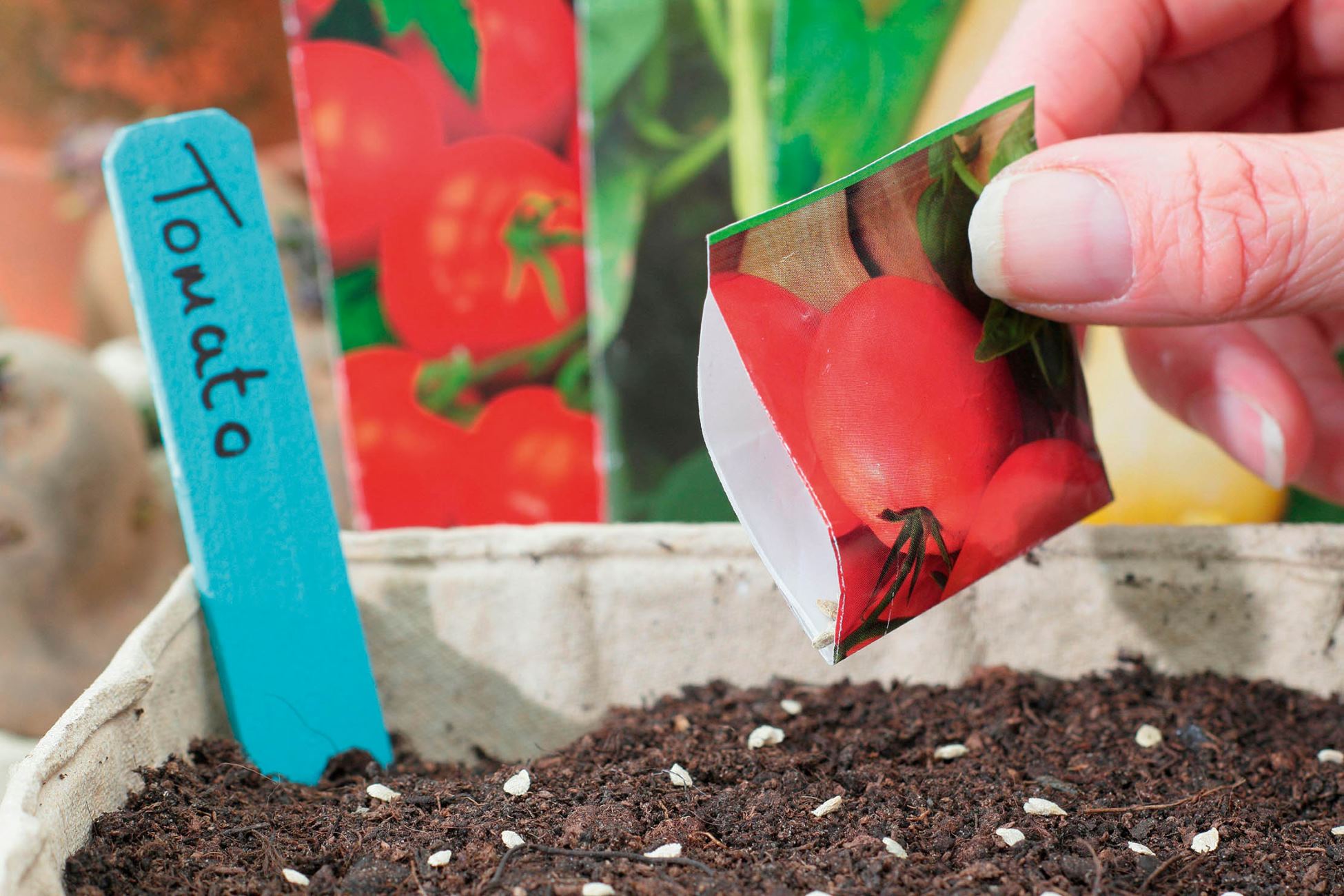
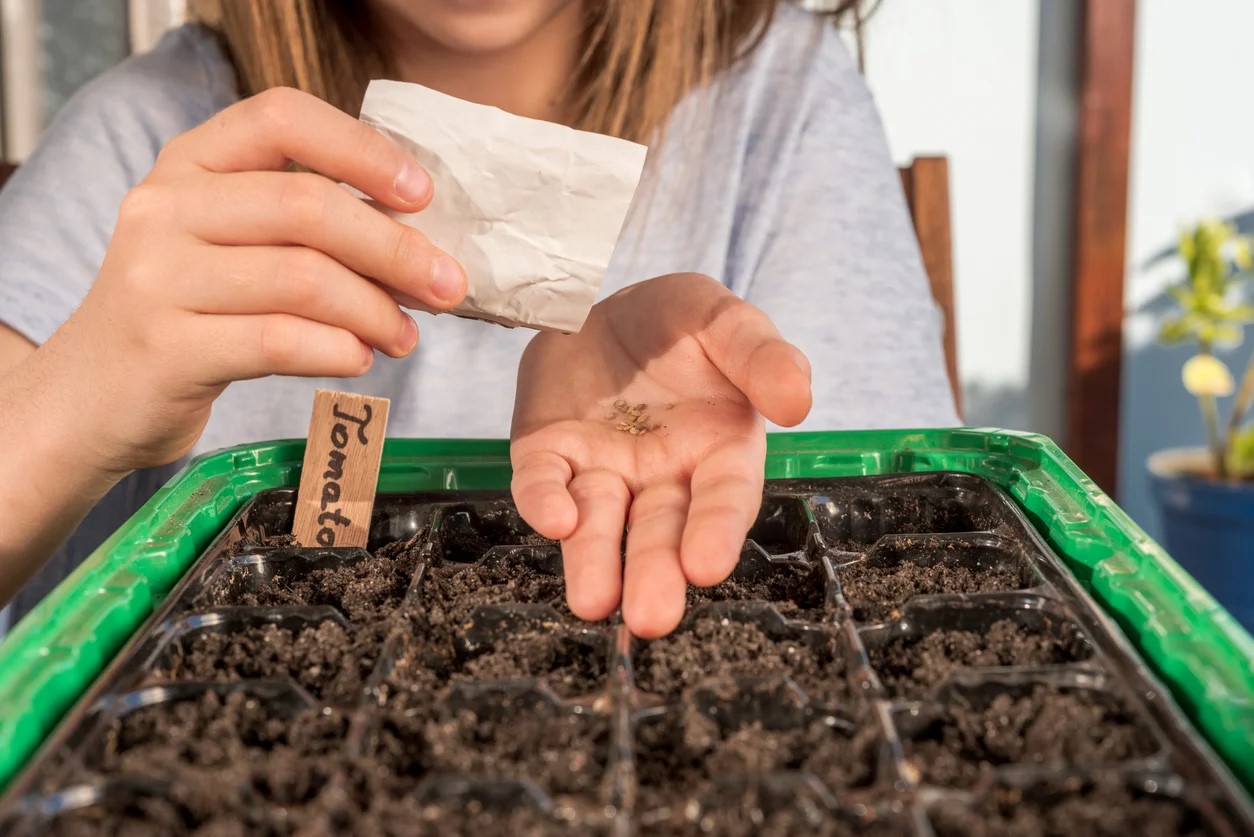
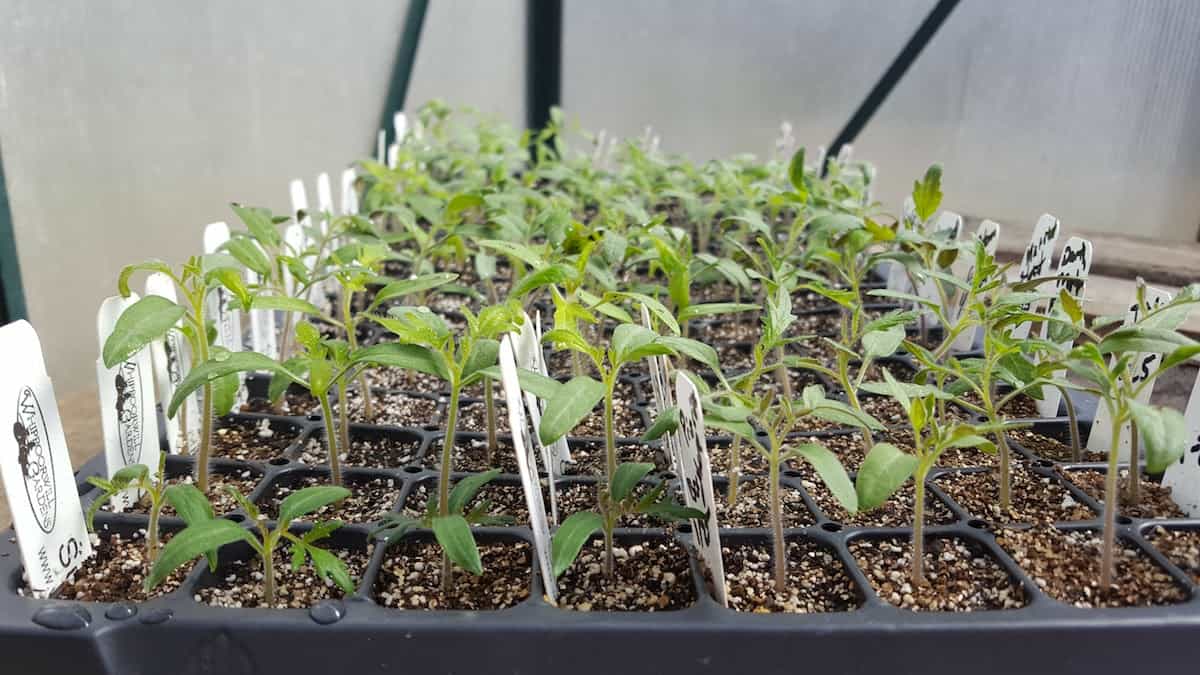
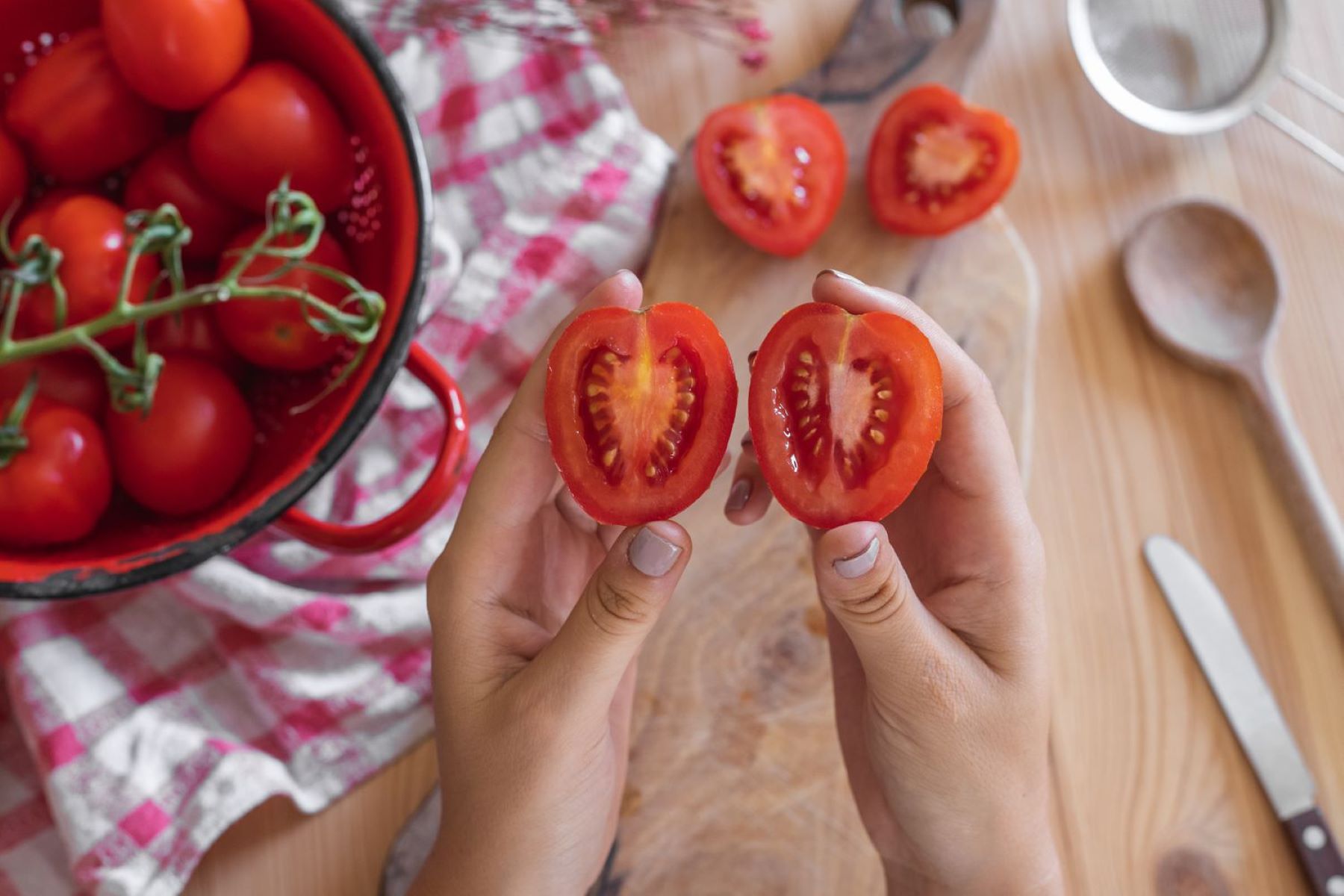
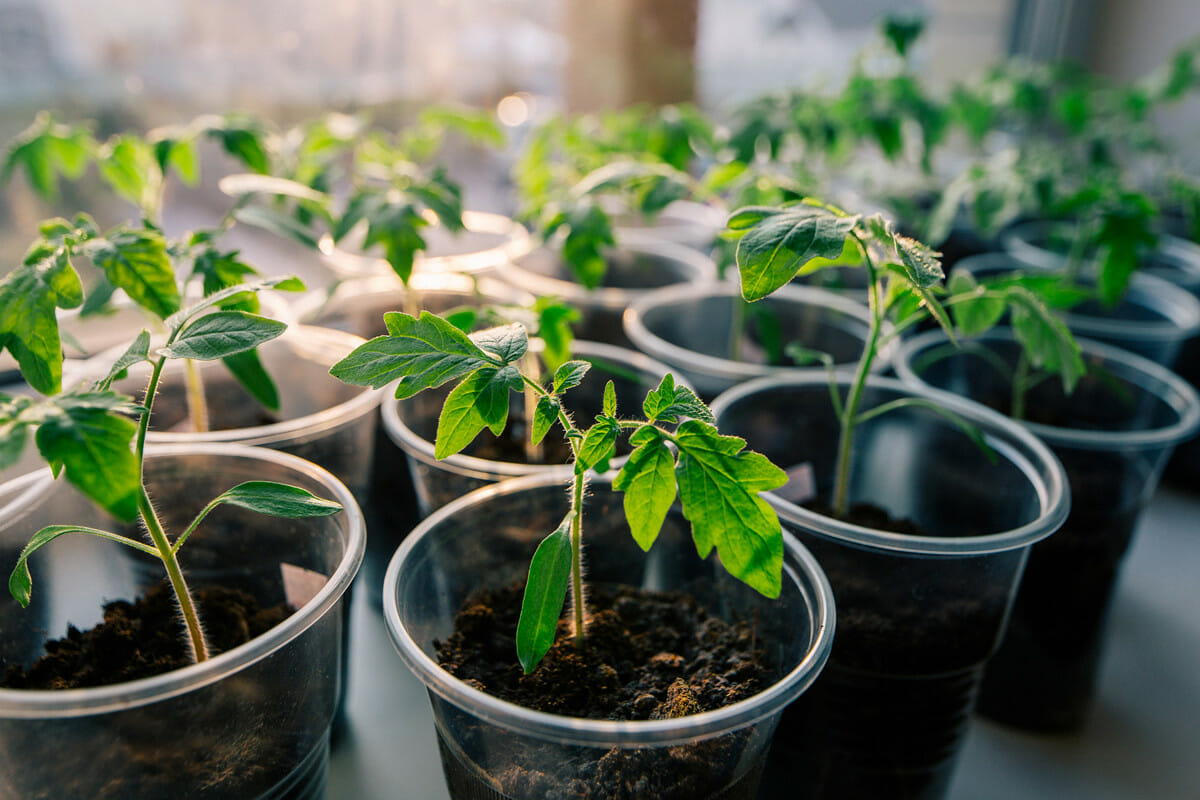

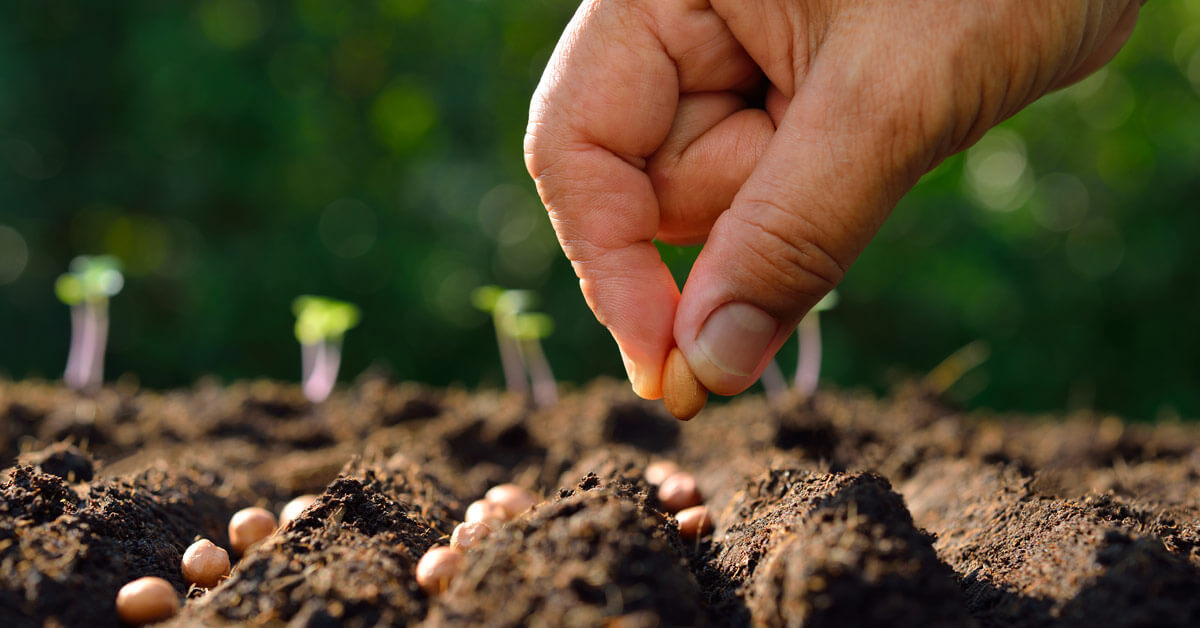
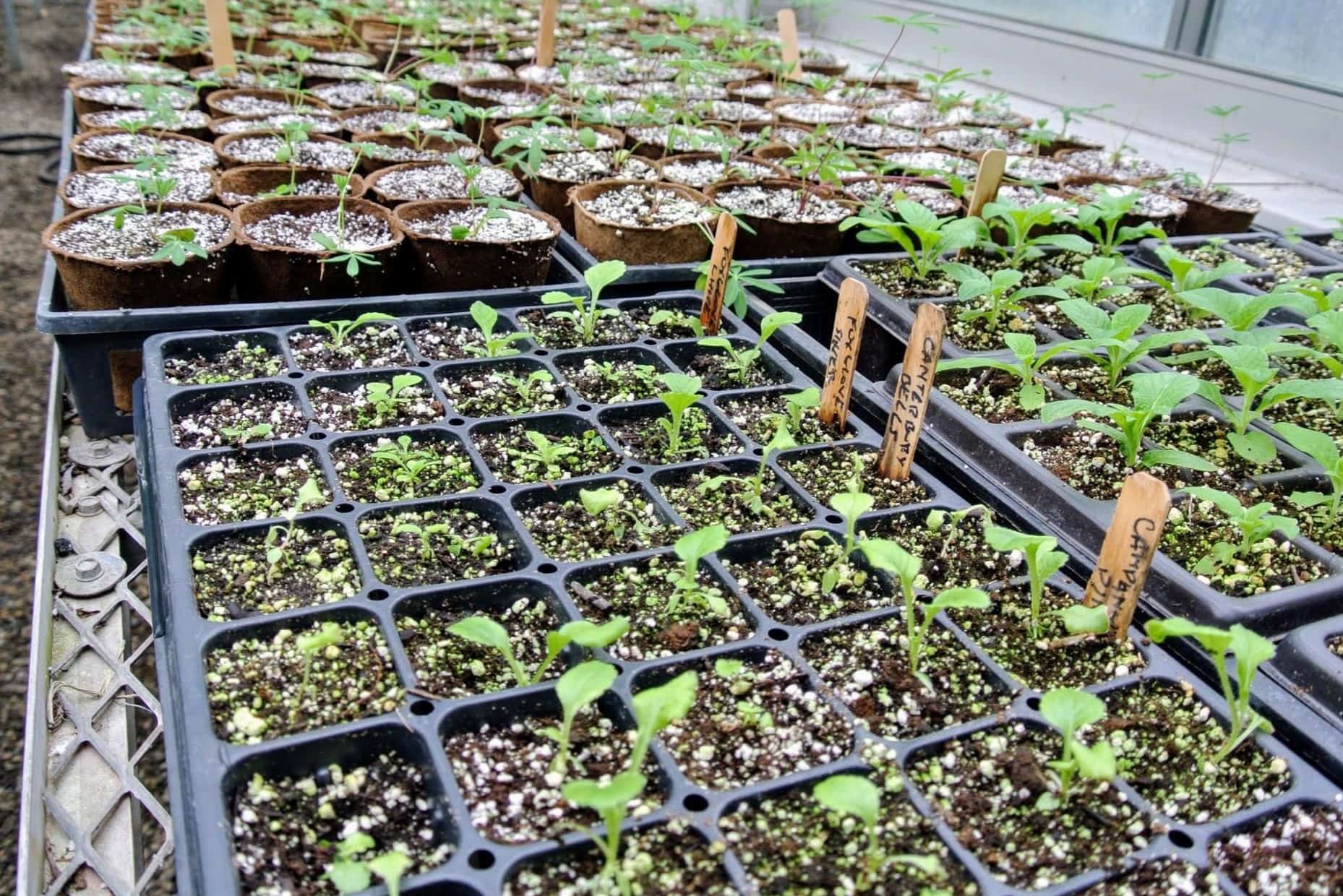
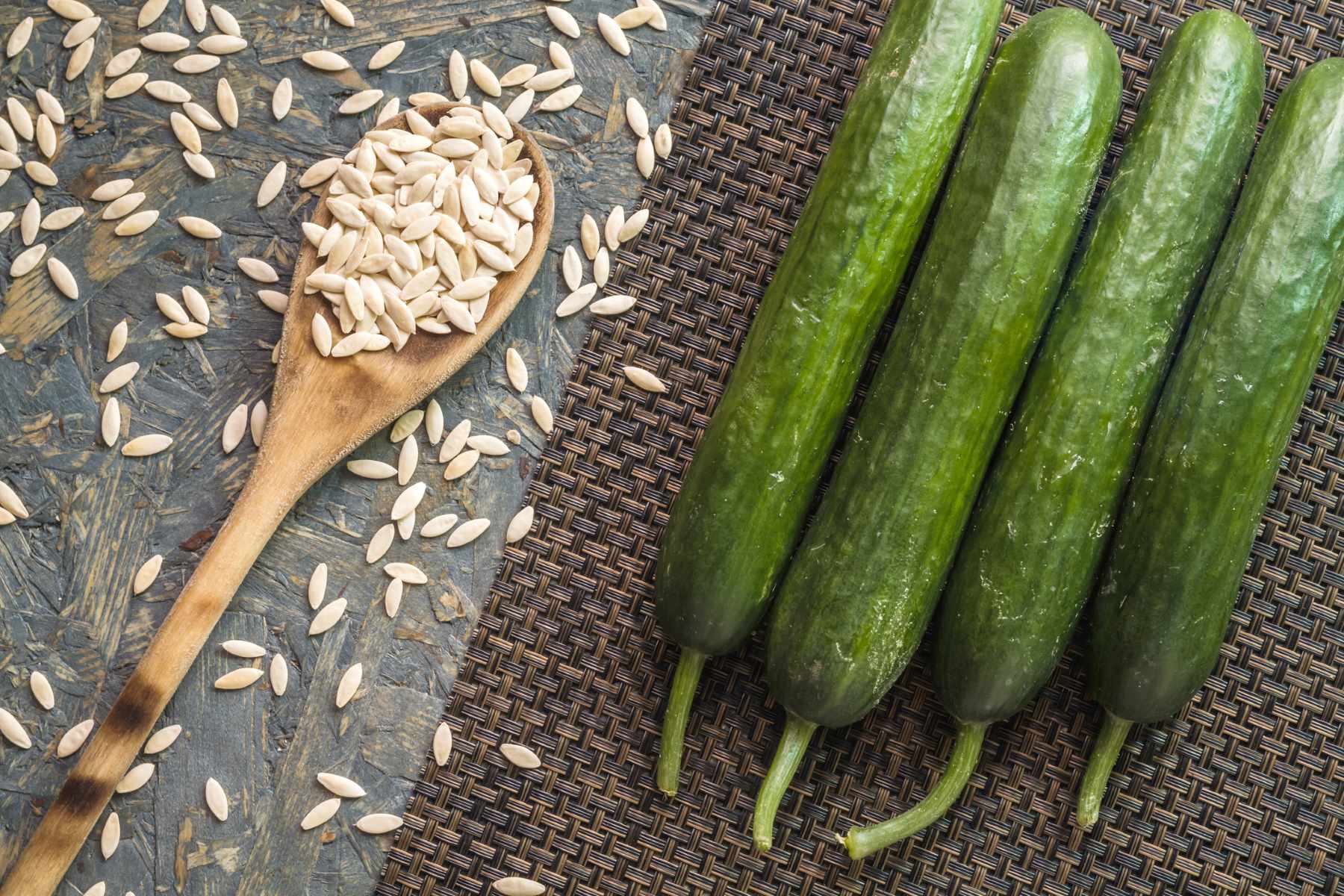
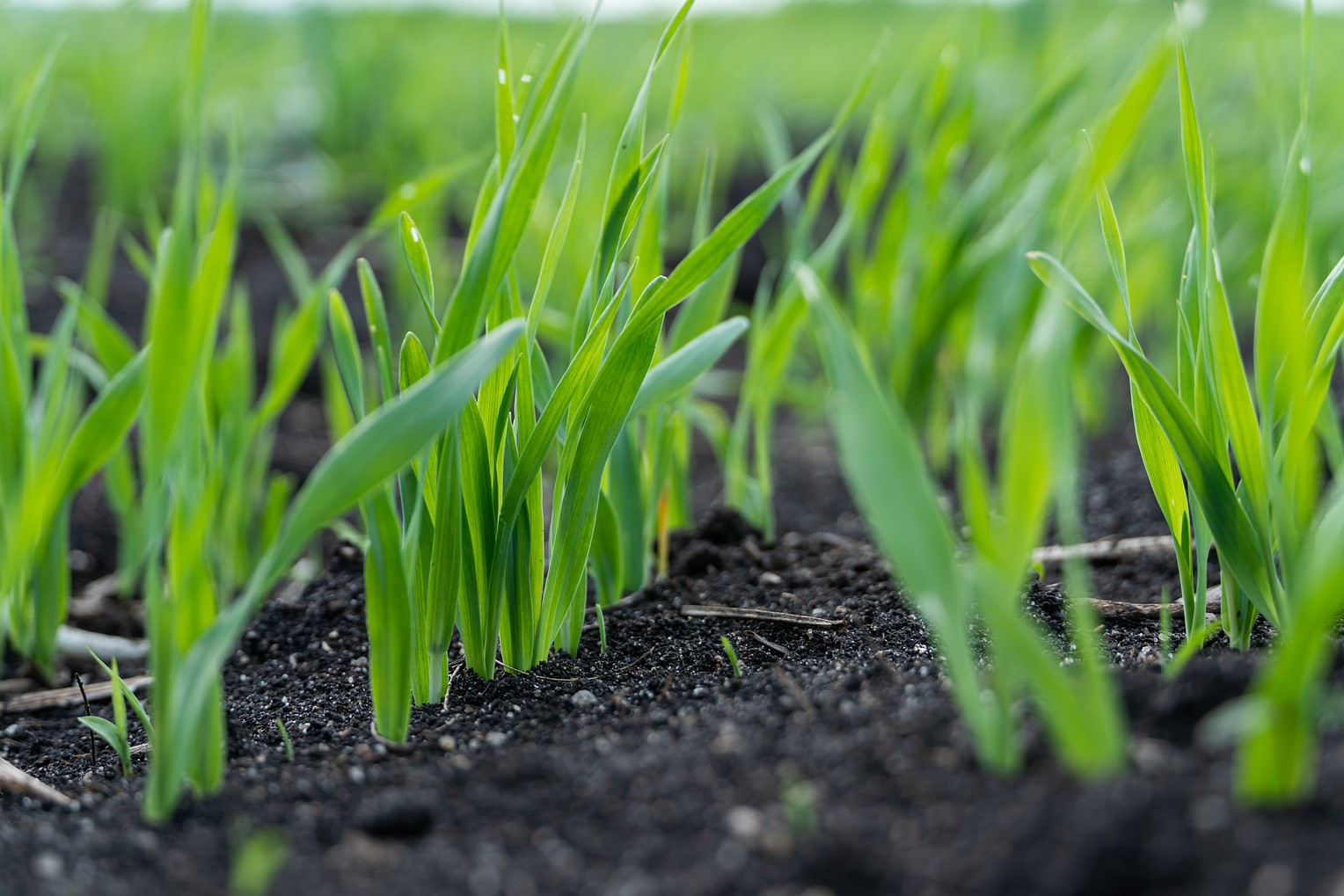
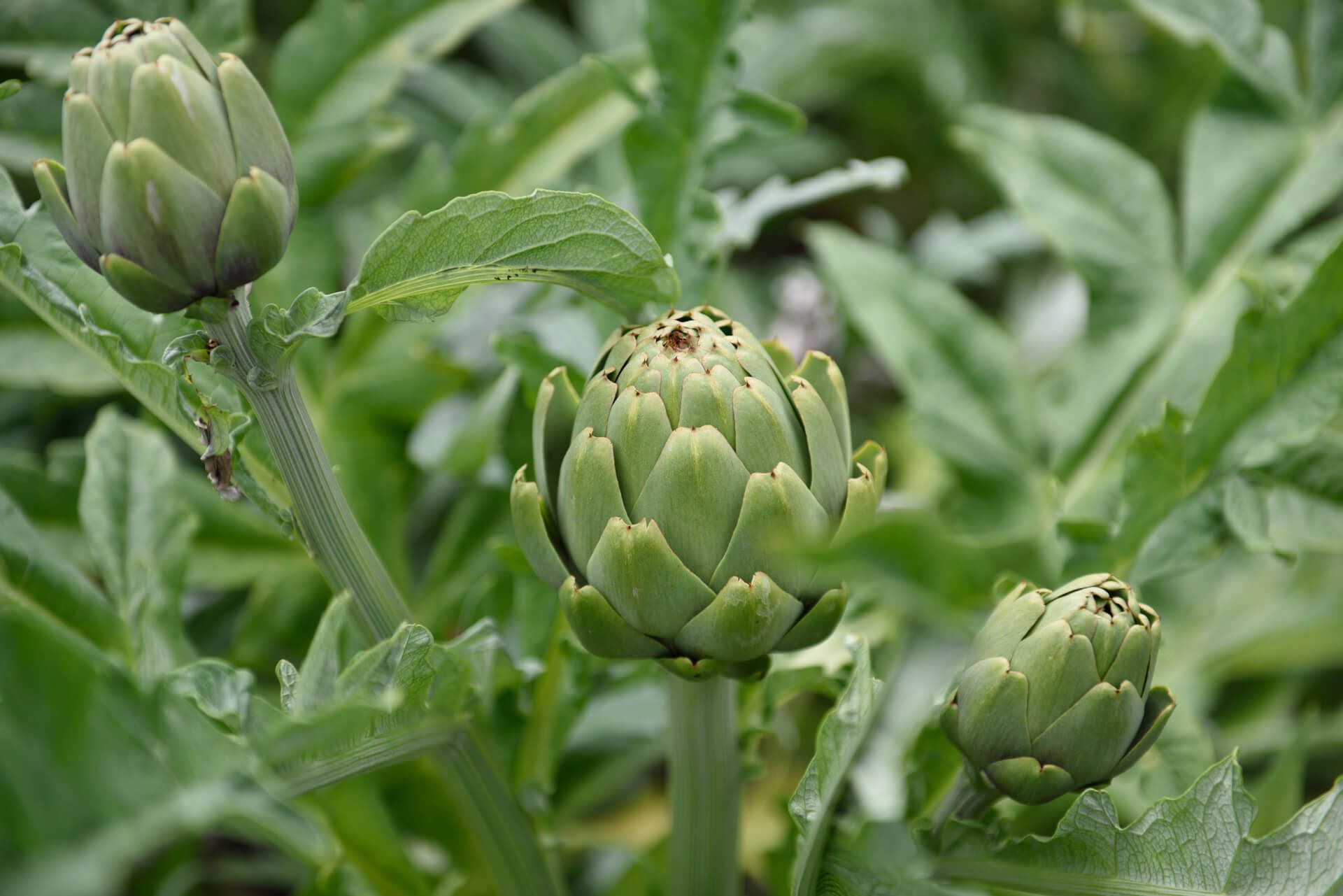
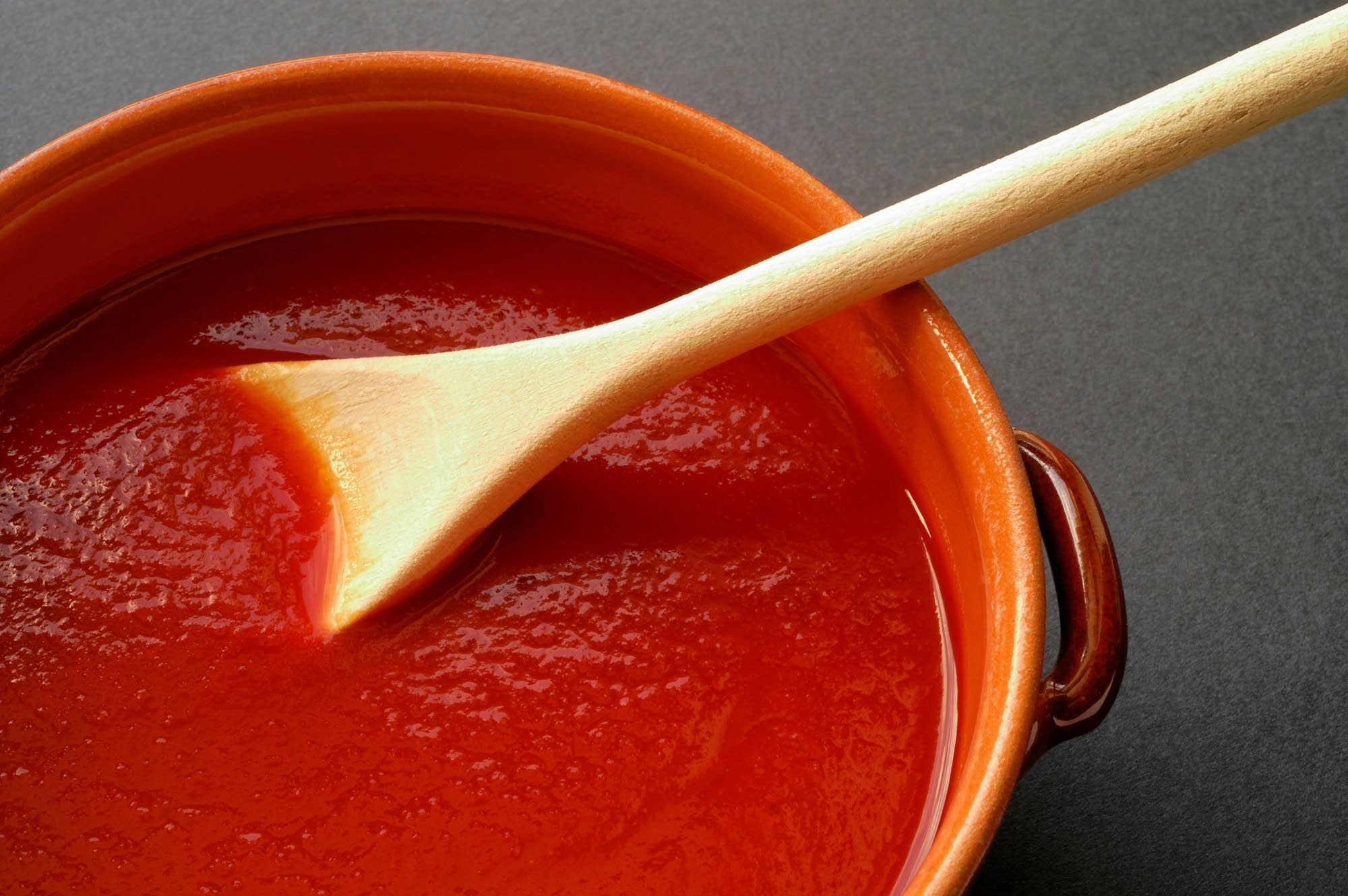
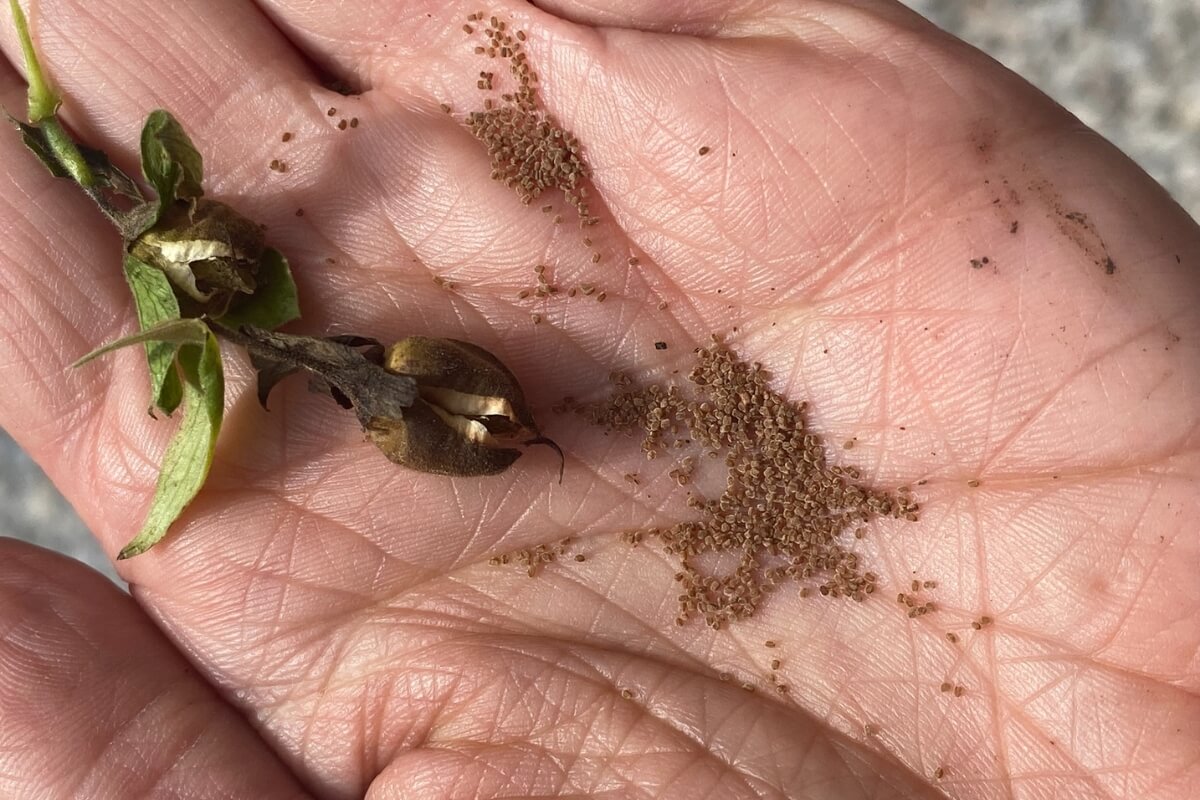
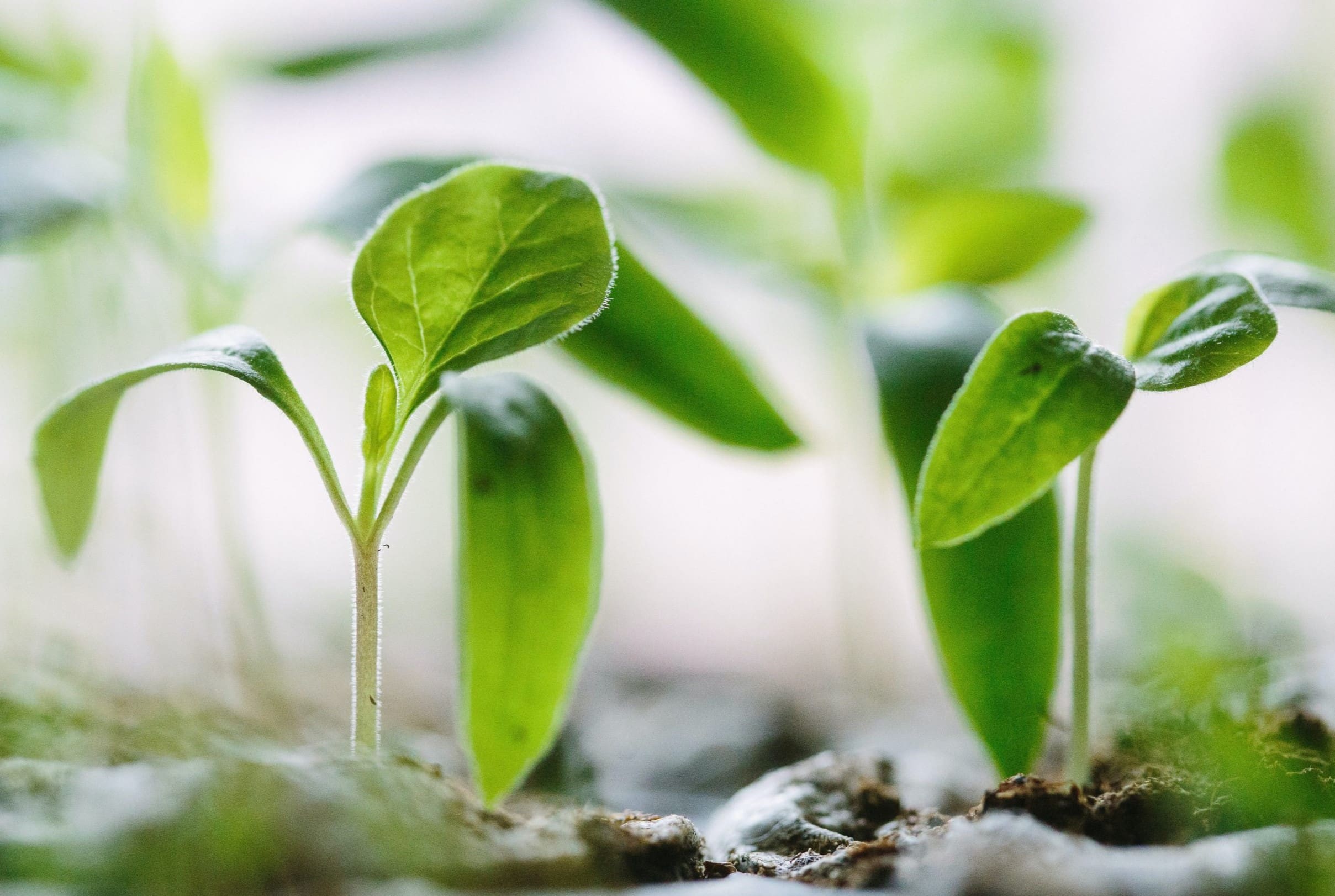

0 thoughts on “When To Start Tomatoes From Seed”